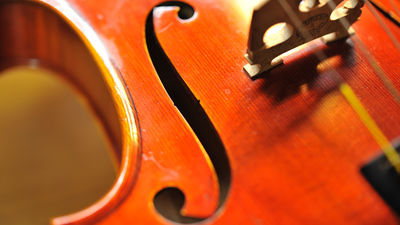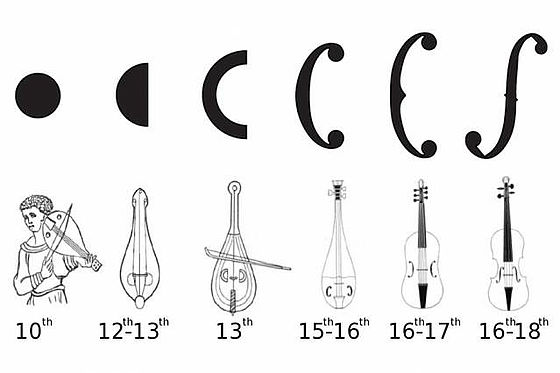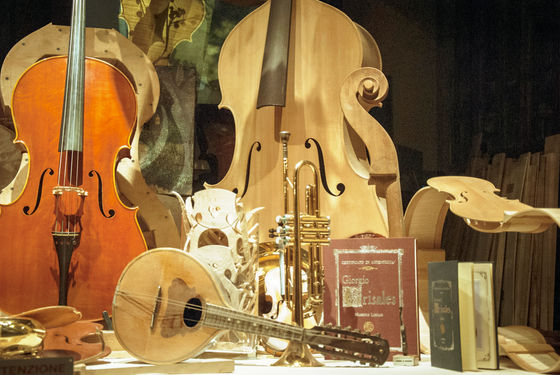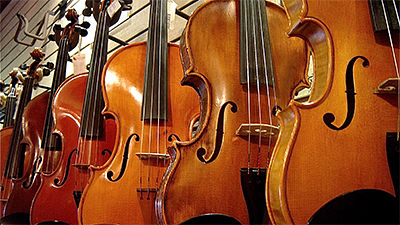Why do precious violins such as "Stradivari" play beautiful sounds?

ByTakeshi Kuboki
The violin made by the musical instrument producer "Amaty", "Stradivari", "Guarneri" in the 17th - 18th century is said to be the world's three largest violins produced by Italy · Cremona, and in modern times it has a value of several hundred million yen. In order to ascertain the acoustic effect of such a special violin, a team of acoustic technicians and fluid dynamics at the Massachusetts Institute of Technology (MIT) measured hundreds of violins born in Cremona during the violin golden period, It was found that there are thickness of the material and thickness of the material.
Power efficiency in the violin | MIT News
https://newsoffice.mit.edu/2015/violin-acoustic-power-0210
In order to investigate the acoustic effects of designs produced by producers such as Stradivari, the research team gathered materials such as violins and drawings of Cremona produced from museums and collectors in the 17th and 18th centuries. As a result of conducting X-ray · CT scan inspection, acoustic resonance measurement, size comparison of each violin on each instrument, the shape of the violin and "F-hole"It was understood that the length and shape of it became the" key "of the sound played by the violin.

The f-shaped hole is a type of sound hole which is a through hole of air and has a long thin shape, which means that the shape of the violin does not take up too much space. In addition, this design is the instrument which became the origin of the violinFiddle·Ruhler(Lira) ·LebecIt is understood that sound can be produced more efficiently than "round hole" like that in Fig.

ByFreemanphoto
Also, the back plate of the violin is related to sound output, it is thought that the body responds when the violin is producing sound, and the material expands finely by air vibration. Therefore, researchers said that thick backboards noticed that the sound quality of the violin increased. The three biggest violins in the world are produced by Amatee Stradivari, Guarneri et al. In order from the oldest, but as these violins become later work, the f-shaped hole grows longer and the back plate is getting thicker about.
Professor Nicholas · McClris of MIT who engaged in the research calculated from the result that about 2% of the error comes out even if it tried to accurately reproduce the sound hole, although the evolution of the f-shaped hole is a rational change, it calculated I think that it was a coincidence product, not a design. In other words, the violin producer at that time had surprisingly good ears, so we never missed missing by accident and choosing the f-shaped hole design that gives better sound, It is that it has evolved.
That result is left as a violin that is recognized as "valuable hundreds of millions of yen" in modern times.
Related Posts:







